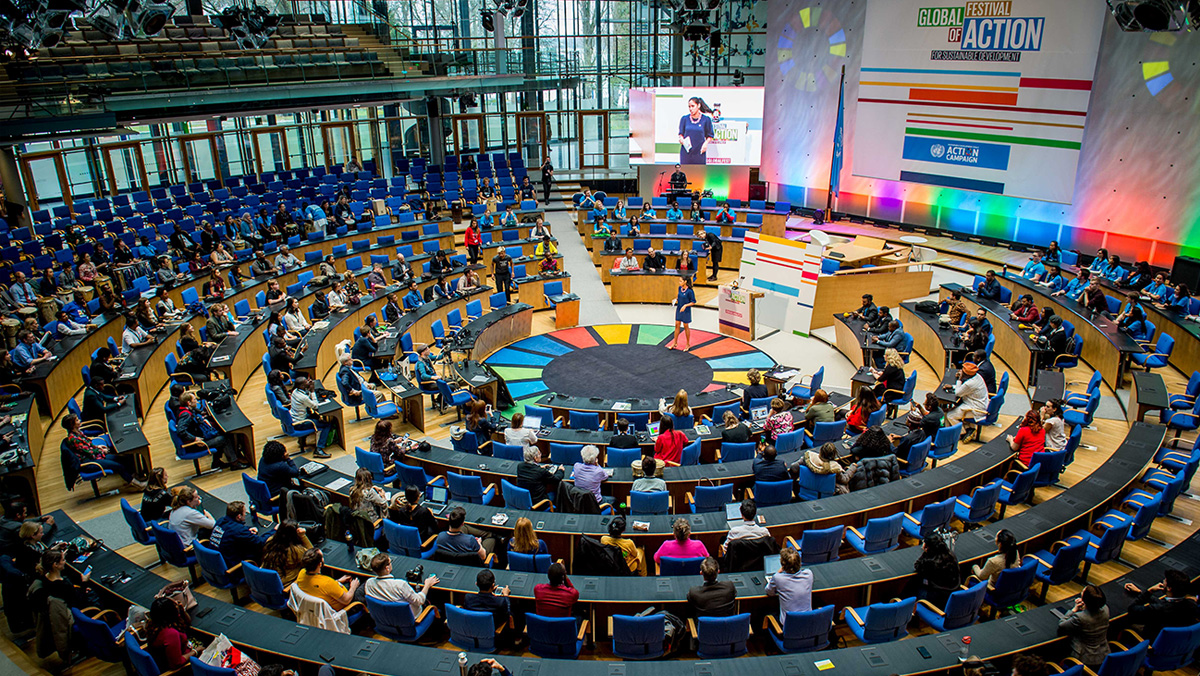
The 2030 Agenda for Sustainable Development calls for the participation of all Member States of the United Nations in providing national statistics to measure progress towards the 17 Sustainable Development Goals, emphasising that official statistics and data from the national statistical systems constitute the basis for the SDG global indicator framework. Targets 17.17 and 17.18 focus on promoting partnerships in statistics and building statistical capacity.
Providing data for SDGs is a major coordination challenge. Global level data for the 231 SDG indicators is compiled by over 50 international organizations (the so-called custodian agencies) using data from 193 countries. In each country, the data comes from many agencies in the national statistical system but also from outside the system, often from over 30-40 national agencies. To provide guidance on how to implement an efficient system for providing data for SDGs, the UNECE Steering Group on Statistics for Sustainable Development Goals developed the second edition of the Road Map on Statistics for SDGs. The Road Map is accompanied by 60 case studies, each highlighting unique country experiences. The case studies offer an opportunity for peer-learning and allow Member States to exchange experiences.
During the first five years of implementation of the 2030 Agenda, processes for providing statistics for the SDGs have evolved. Many challenges remain and new ones continue to emerge, requiring new approaches and solutions. The second edition of the Road Map for Statistics on SDGs builds on the first edition of the Road Map (2017) but is more extensive and gives special attention to quality assurance and the commitment to leave no one behind. It will evolve inline with emerging challenges related to measuring the goals of the 2030 Agenda. By strengthening strategic partnerships in statistics and enhancing statistical capacity, the Road Map offers an essential tool to Member States to learn from experience and exchange the latest practical insights in line with Goal 17 (partnerships for the Goals).
To promote peer learning among Member States, the Road Map is accompanied by a series of case studies. The 60 case studies cover all 9 sections of the Road Map, 20 countries and 3 international organizations. Section 6 ‘Leave no one behind’ and section 7 ‘Communication of statistics for SDGs’ received the highest number of contributions, 19 and 13 respectively.
To illustrate, case studies from Armenia, Iceland and Kyrgyzstan detail the implementation of National Reporting Platforms (NRPs), in line with the recommendations of the first edition of the Road Map. The case studies highlight how countries set up their NRPs, the challenges they encountered, and the benefits derived from them. UNECE continues to support countries in setting up NRPs and to date 43 member States have launched such platforms. NRPs provide a valuable one-stop shop for national data on indicators originating from different sources within a country. In addition, the platform can serve as a data collection portal for various producers and as a production database of global, regional, national and subnational SDG indicators.